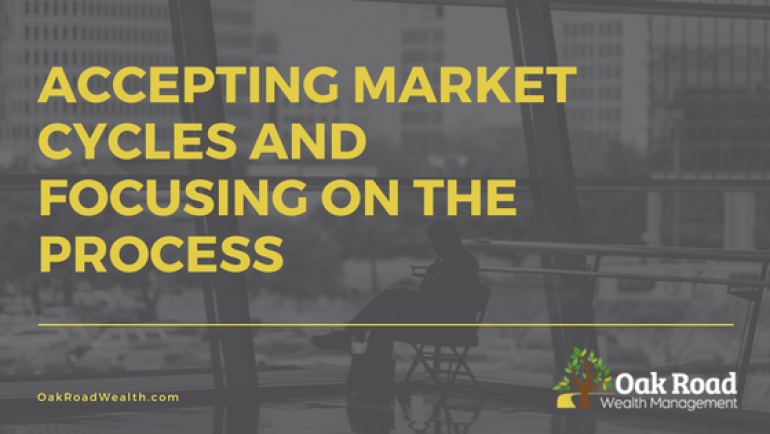It would be an understatement to say that there’s a lot going on in the world right now, perhaps more than ever. We live in a drastically different political landscape than we did mere months ago. The world’s geopolitical landscape is changing quickly, and is as complex as ever. Innovation, especially in technology, continues to advance at an incredibly rapid place. And communication and connectivity are as easy as cost-effective as they ever have been.
These may be good, bad, or in-between realities, but one thing that’s for certain is that they are creating uncertainty — the thing capital markets hate the most. And yet, if you’ve paid some attention to the markets, you wouldn’t know it. U.S. stocks are near all-time highs; non-U.S. stocks continue to recover from the financial crisis. Bonds — despite trading near historically low yields— have reacted very moderately to the quickly changing climate. All in all, diversified investment portfolios have done pretty well in the face of uncertainty.
Should I make changes to my investment portfolio based on the current climate?
In light of all of this, I’ve had many clients and other investors ask me if we need to make changes to their investments based on what has taken place in the capital markets recently. It makes sense — should we take some chips off the table and/or take some profits in stocks since they’re near all-time highs? If you were to do that, you may very well be right to do so. You may avoid some losses by taking some chips off the table.
But that hasn’t changed my response to most people: we need to focus on the process. We have a financial plan in place to guide us from where we are, to where we want to go. And the minute we make an emotional decision based on how we feel about the markets, we abandon our process and make a market-timing decision. I understand the urge to make decisions based on what it feels like we should do, but study after study has shown us that making emotional decisions about our investments, versus sticking to a process, doesn’t work.
Keep in mind that the market has fully discounted every piece of public information that exists by the time you read a stock quote. When something seems obvious, it rarely is. There’s someone on the buy and the sell side of every transaction, and each party believes wholeheartedly that their position is the correct one. For example, if you show me 10 experts who say that the market is going down from here, I could show you 10 experts who say that the market is going up (or vice versa).
The markets move in cycles
Part of the financial planning process is designing an asset allocation of U.S. stocks, non-U.S. stocks, bonds etc. The reason I work with my clients to develop an asset allocation is because we realize the markets move in cycles, and that asset classes have a varying degree of correlation or non-correlation to one another. If we do the proper planning, and figure out what a client needs to get them from where they are to where they want to be, choosing the correct asset allocation gives them the best chance at success with the right mix of risk and reward along the way.
In many cases, the biggest value I can deliver to clients is to help them stay the course, reinvest dividends, and dynamically rebalance their portfolios. I can be an objective voice that reminds investors why we choose a certain mix of investments — one that is designed to withstand market cycles and give them the best chance to achieve their goals.

